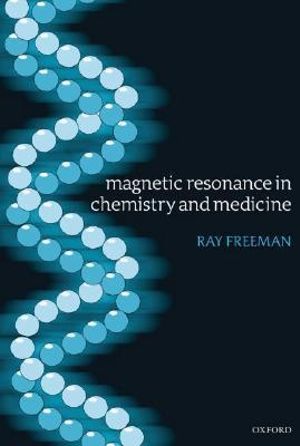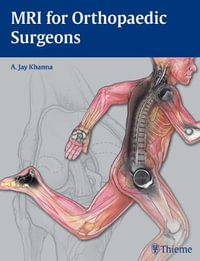
At a Glance
Paperback
RRP $312.95
$236.75
24%OFF
Aims to ship in 15 to 25 business days
When will this arrive by?
Enter delivery postcode to estimate
Chemists and clinicians who use magnetic resonance have much to learn about each other's specialities if they are to make the best use of magnetic resonance technology. Many in the medical fraternity will benefit from a general appreciation of how high-resolution NMR has advanced our understanding of human biochemistry, diagnostic medicine, and the search for new drugs. A broad general understanding of magnetic resonance should prove of interest to doctors who make use of the MRI scanner, and to those of their patients who wish to learn more about these daunting machines, even if it is only the question of their own personal safety.
At the other end of the spectrum, chemists and biochemists who use high-resolution NMR spectroscopy in their everyday investigations will benefit by broadening their horizons to cover the exciting new developments in MR imaging and in vivo spectroscopy, as one justification for their research is the eventual benefit to health care.
Finally, anyone interested in how the human mind works (cognitive neuroscience) will find a chapter devoted to the exciting new developments in functional magnetic resonance imaging of the brain. Each disparate group has something useful to learn from the others. The treatment is pictorial rather than mathematical.
Industry Reviews
ISBN: 9780199262250
ISBN-10: 019926225X
Published: 1st May 2003
Format: Paperback
Language: English
Number of Pages: 290
Audience: Professional and Scholarly
Publisher: Oxford University Press UK
Country of Publication: GB
Dimensions (cm): 23.4 x 15.7 x 1.7
Weight (kg): 0.53
Shipping
| Standard Shipping | Express Shipping | |
|---|---|---|
| Metro postcodes: | $9.99 | $14.95 |
| Regional postcodes: | $9.99 | $14.95 |
| Rural postcodes: | $9.99 | $14.95 |
How to return your order
At Booktopia, we offer hassle-free returns in accordance with our returns policy. If you wish to return an item, please get in touch with Booktopia Customer Care.
Additional postage charges may be applicable.
Defective items
If there is a problem with any of the items received for your order then the Booktopia Customer Care team is ready to assist you.
For more info please visit our Help Centre.
You Can Find This Book In
This product is categorised by
- Non-FictionEngineering & TechnologyOther Technologies & Applied SciencesApplied OpticsImaging Systems & Technology
- Non-FictionScienceChemistryAnalytical ChemistrySpectrum Analysis
- Non-FictionMedicineOther Branches of MedicineMedical ImagingNuclear Magnetic Resonance NMR & MRI
- Non-FictionScienceChemistryAnalytical ChemistryMagnetic Resonance























